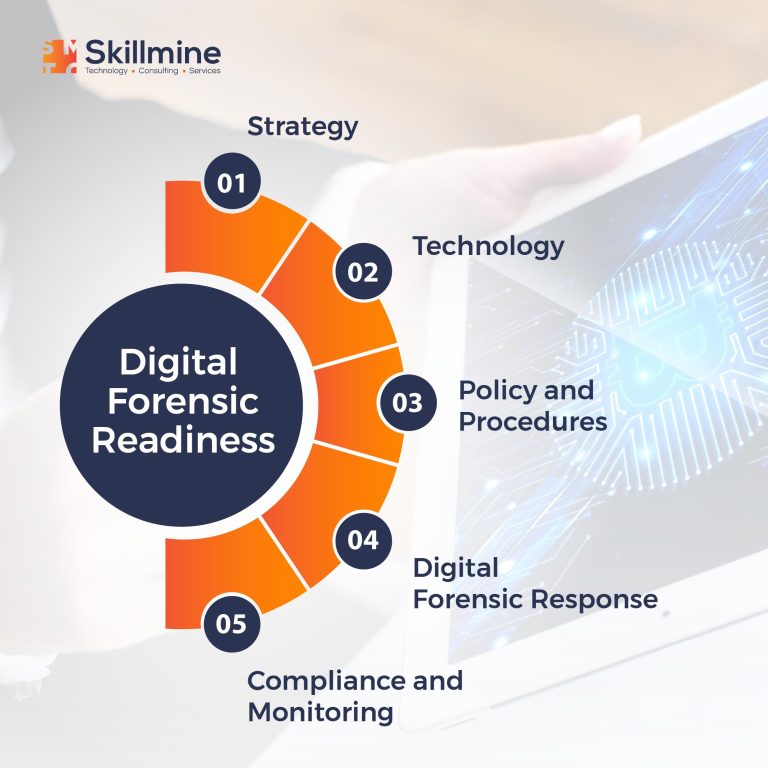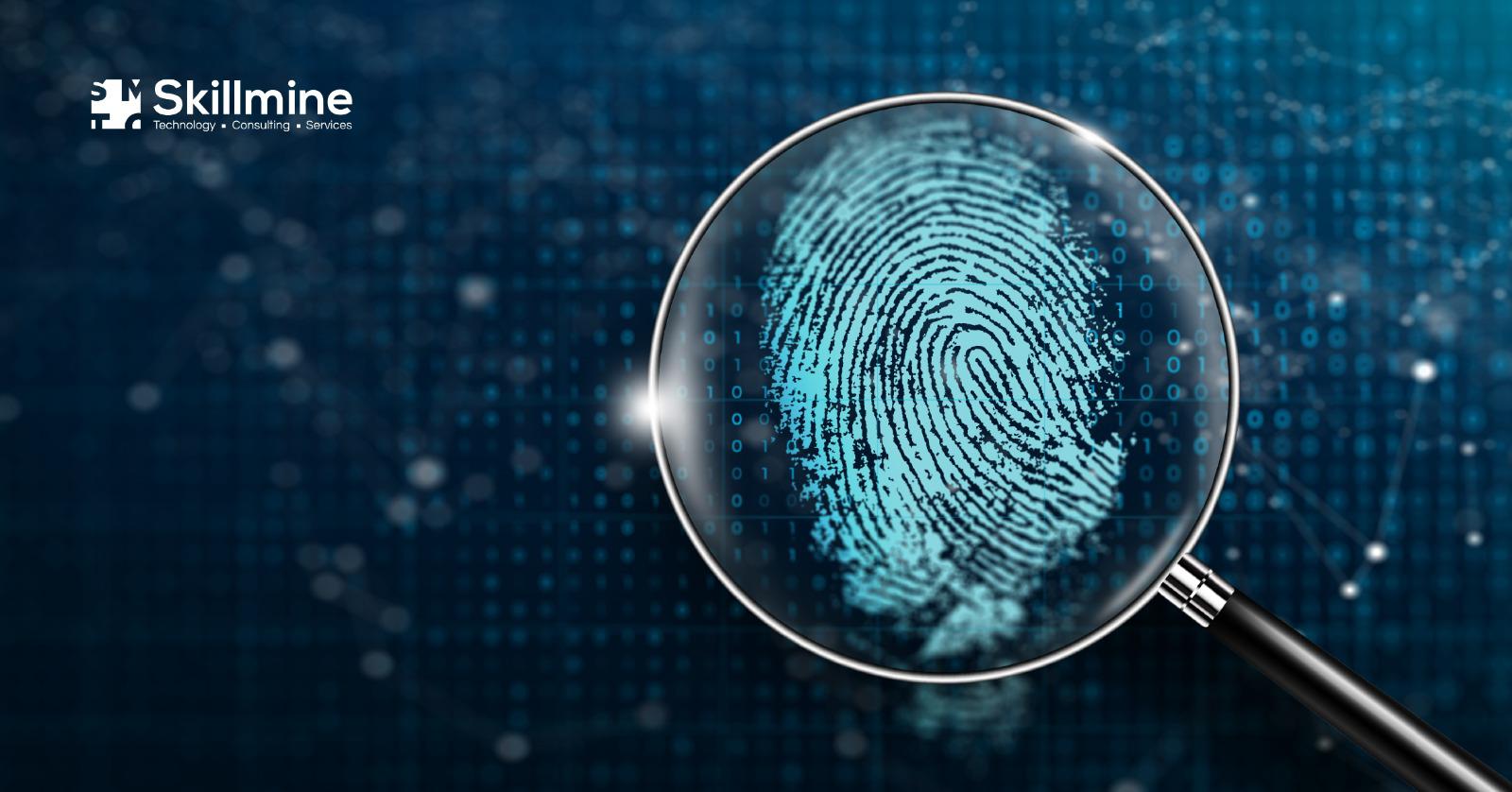Businesses are increasingly realizing the importance of having robust security measures in place, with cyber threats growing in sophistication and frequency. This has led to a shift in mindset, with cybersecurity now becoming a board-level focus and Chief Information Security Officers (CISOs) taking centre stage in the digital transformation journey.
The role of the CISO goes beyond implementing security measures; they are responsible for building consensus and driving investments in the right areas to enhance the organization’s security posture. Digital forensics readiness assessments help in achieving these goals. These assessments, conducted at regular intervals, play a vital role in ensuring that incident response teams are well-prepared and equipped to handle and mitigate various types of cyber incidents effectively.
Understanding Digital Forensics Readiness Assessment (DFRA)
Digital Forensics Readiness Assessment is a systematic process of evaluating an organization’s preparedness to effectively respond to and investigate cyber incidents. It involves assessing various aspects, such as policies and procedures, incident response plans, forensic tools and technologies, personnel expertise, and documentation. By conducting a DFRA, organizations can identify gaps in their digital forensic capabilities, implement improvements, and ensure a swift and effective response in the event of a security incident.

Need for DFRA
When a data breach occurs, companies often face significant challenges in gathering the necessary digital evidence for root cause analysis. Digital forensics readiness assessments play a crucial role in helping organizations quickly collect relevant digital data, perform root cause analysis, and minimize business disruption in the event of a breach.
These assessments thus help:
- To collect admissible evidence legally without interfering with business processes.
- To minimize business disruption caused by investigations by facilitating the investigation process to the extent feasible and proportionate to the incident.
- To collect evidence related to potential financial and non-financial crimes or disputes that may impact an organization’s reputation.
Steps involved in DFRA
The DFRA process typically involves the following steps:
- Scoping: Define the objectives and boundaries of the assessment.
- Information Gathering: Collect relevant documentation, policies, and procedures.
- Interviews: Engage with key stakeholders to gather insights into existing practices.
- Gap Analysis: Compare current capabilities against industry best practices and standards.
- Report and Recommendations: Document findings, highlight areas for improvement, and provide recommendations to enhance digital forensic readiness.
Key Components of DFRA
During a DFRA, several critical components are assessed, including:
- Policies and Procedures: Review existing policies and procedures related to incident response, evidence handling, and data preservation.
- Incident Response Plans: Evaluate the organization’s incident response plan and its alignment with industry best practices.
- Forensic Tools and Technologies: Assess the availability and adequacy of forensic tools and technologies for evidence collection and analysis.
- Skills and Expertise: Evaluate the capabilities and training of the organization’s digital forensics team.
- Documentation and Reporting: Review the documentation practices followed for evidence collection, preservation, and reporting.
Implementation of DFRA recommendations
Once the DFRA is completed, organizations should prioritize and implement the recommendations provided in the assessment report. This may involve updating policies and procedures, enhancing incident response plans, acquiring necessary tools and technologies, and providing training to personnel. Continuous monitoring and reassessment are essential to ensure ongoing readiness and to address any changes in the threat landscape or organizational infrastructure.
Conclusion
Digital Forensics Readiness Assessment is a crucial component of a robust incident response strategy. By conducting a comprehensive assessment, organizations can identify gaps, and improve their digital forensic capabilities. Organizations may benefit from partnering with digital forensic experts who have the necessary knowledge and experience to assess readiness effectively. Skillmine’s Cybersecurity services can provide valuable insights, recommend best practices, and guide organizations in implementing the necessary improvements to enhance their digital forensic capabilities.
Looking for expert technology consulting services? Contact us today.





